Hello! Click on one of our members below to chat on Whatsapp
Sacsayhuamán is one of the most imposing and mysterious structures in the world. It contains 3 layers of zigzag walls made from megalithic stone. Just above Cusco you will find the enigmatic structure of Sacsayhuaman. Historians and archeologists believe that it was constructed around the 15th century during the reign of the most successful Inca Emperor, Pachacutec.
The Incas had no written language and therefore the true history behind the site remains a mystery. The earliest written accounts come from the Spanish conquerors. Unfortunately, upon the arrival of the Spanish, many Inca sites suffered deliberate destruction. This took away opportunities to truly discover the true history behind the Incas´ engineering skills and methods.
Today, it is estimated that Sacsayhuaman retains only 40 percent of its original structure. Even so, the site still preserves most of its massive boulders that weigh hundreds of tons, the heaviest weighing around 300 tons. How did the Incas move the heavy stone? How did they cut the stones to such seamless angles? When was Sacsayhuaman constructed? What was it used for? These and many other question have left a shroud of mystery and uncertainty around this magnificent site. Archeologists, anthropologists and historians are still working today to answer all these questions. However, what´s not in doubt is the beauty and historical significance this site holds.
Some studies claim that Sacsayhuaman may have been built by pre-Inca culture.
The archaeological site of Sacsayhuaman is located 2 kilometers north of the Main Square of the Cusco. It is located at 3,700m/ 12 ,142 ft above sea level.
It extends over an area of more than 3 thousand hectares, on a hill surrounded by mountains. The surrounds have beautiful landscapes with abundant flora and fauna ( llamas and falcons stand out).
The term Sacsayhuaman is a Quechua word that can be broken into two, “saqsay“ = satisfy and “huaman”= hawk/falcon and together meaning “The Hawk is Satisfied”. It is normally spelled in many different ways like Saksawaman or Saqsawaman. It suggests that the name is related to presence of plenty of falcons around the site.
Due to its structure with a military aspect, the Spaniards, on their arrival in the 16th century, would have named it a ‘fortress’.
Sacsayhuaman is located just 10 minutes from the Main Square of Cusco (by car) or 45 minutes walking. The hike is steep incline and the views of the city from the top are spectacular. Another option is to take a ‘City Tour’, which includes transportation to this archaeological site. The entrance is with the Tourist Ticket of Cusco. Some tours to the Sacred Valley will drive past, but they don´t usually stop so you can enter and explore.
Sacsayhuaman has sacred buildings such as residential buildings, towers, shrines, warehouses, roads and aqueducts. The shape and harmony of the landscape is similar to other sacred Inca places such as Machu Picchu. The Incas built the main walls of Sacsayhuaman in zigzags with giant stones around 6 meters high and 2.5 meters wide (between 90 and 125 tons of weight).
They used limestone and the masonry suggests that the design was to safe guard the structure from earthquakes that plagued the region. The dry stone walls were constructed on site using huge boulders, where the workers cut them perfectly to fit together without mortar. Based on some evidence found on site, they cut the stones using nothing but bronze tools and harder stone. The Incas then fitted the stones to absolute perfection leaving no space in between, not even a single sheet of paper could fit into the joints.
The south side is bounded by a polished wall approximately 400 meters long. The east and west are limited by other walls and platforms.
According to the Peruvian chronicler Inca Garcilaso de la Vega, Sacsayhuaman was the greatest architectural work that the Incas built during its apogee.
Sacsayhuaman offers an amazing view of Cusco. You can see the summits of Ausangate, Pachatusán and Cinca. These summits are the Apus to the people of the Mountainous regions of Cusco. An Apus is the spirits of mountains that the Inca civilization and their descents believe protect the local people and provide a prosperous life. Also, you can explore the different sections of the complex that are still easy to make out.
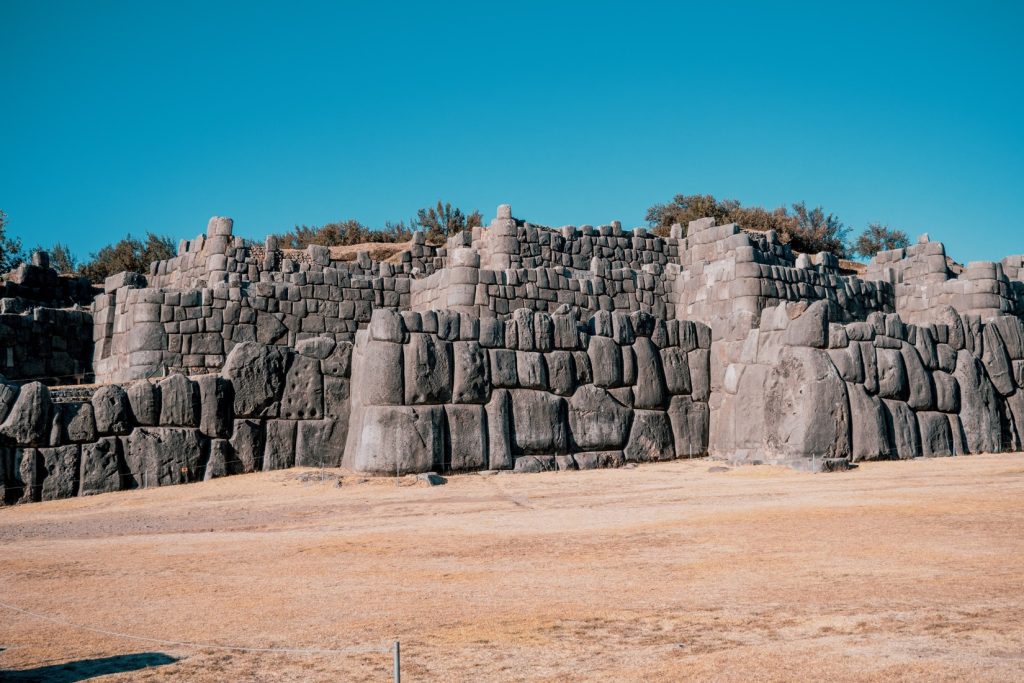
Here learn more about Sacsayhuaman routes and more, the great Inca mystery, one of the Inca wonders of Cusco.
The Towers
The towers are located on the walls in zigzag. They are called Muyucmarca, Paucamarca and Sallaqmarca. It is known that in this place there was abundant water. Even now we can still see the aqueducts.
Also known as ‘La torre de Cahuide’. It is a huge building (today there is only the base) with an important historical value. The locals tell of a historical legend where the Inca general Titu Cusi Huallpa (also called Cahuide) jumped from the highest part to avoid the Spanish taking him prisoner during the Incan resistance of 1536.
The remains of this tower are located east of the archaeological site. According to the chroniclers, they served to store water.
The remains of this tower are located in the center of Sacsayhuaman. It interconnected with the other towers by tunnels. At present, only the foundations of the towers remain, since the Spaniards destroyed them during the colony.
These rooms are supported on the hill a short distance from the turrets and directed towards the Main Square of the city of Cusco. Trapezoidal doors support each room.
The three walls are made from limestone, have a zizag shape and fitted perfectly together.
Historians claim that the first Spaniards who saw these walls attributed their construction to demons. Even today, its elaboration remains a mystery.
The first floor of the bastions presents the larger walls. The largest one weighs up to 128 tons. Due to this and many formidable constructions, Sacsayhuaman has earned the title of one of the most mysterious places on the planet.
They are in the middle and central part of the bastions. They have a trapezoidal shape and served as an entrance to the turret area. Each door has its own name: Ajawanapunku, T’iopunku and Wiracochapunku.
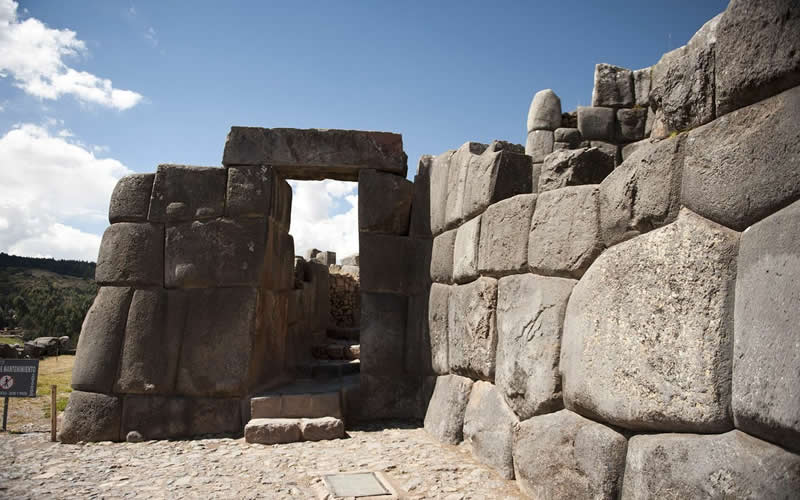
The rodaderos are a natural formation of diorite of volcanic origin. As the years went by, it was moulded in an arched shape like a slide.
The throne of the Inca or K’usilluc Jink’ian (Where the monkey stands) is a stone structure in the form of a seat or bench.
The ‘chincanas’ are tunnels or underground caves in Sacsayhuaman. You can find two of these at the site. The smallest measures around 15 meters and has become a favorite travelers. The large one is located north of the complex.
According to oral tradition, many people tried to find the end of the largest tunnel without success. Even some did not manage to leave. They believed that this tunnel led to the Coricancha (Temple of the Sun). The Peruvian government closed the entrance to this chincana around 1912 because people died or went insane inside the tunnel.
Huacas refers to sacred object in Incan Mythology. In Sacsayhuamn they can be in the rock formations. The rocks are normally covered with hollows, carvings and cut-outs. Some Huacas have symbols of snakes, jaugars or river banks. According to recounts, kings could talk to and receive guidance for their Empire. Before the arrival of the Spanish, the Huacas where silent. They only spoke when warning the Inca king if he needed to flee and there was no time to waste.
To visit Sacsayhuaman you need the Cusco Tourist Ticket. This ticket costs 70 soles. In addition to Sacsayhuaman, it allows entry to Qenqo, Pucapucara and Tambomachay. There is no exclusive ticket to visit Sacsayhuaman.
Another option is to contract the service of a ‘City Tour Cusco’. This service lasts half a day (5 hours). Includes a visit to the Cathedral, Sacsayhuaman, Qenqo, Tambomachay and Pucapucara.
Sacsayhuaman has a dry and temperate climate. The average temperature per year is 12°C. There are 2 seasons during the year. The rainy season (from November to March) presents a greater amount of precipitation. The dry season (April to October) is drier but colder in the mornings and at night.
opens its doors from 7 am to 6 pm
is approximately 3,700 meters above sea level.
It covers an area of 3,093 hectares.
It was remodeled in the fifteenth century by order of Emperor Pachacutec. Its origins are uncertain.
Yes, this archaeological site remains open all year except in cases of emergencies such as natural disasters or protests in the area.
There is no exclusive entrance for Sacsayhuaman. The entrance is with the Cusco Tourist Ticket that also includes access to Qenqo, Pucapucara and Tambomachay.
Yes you can get tour guides at the entrance gate of Sacsayhuaman. Prices range from 15 soles or more per tourist.
Sacsayhuaman has famous constructions such as the walls, the bastions, the towers and more. It is also worth highlighting the Cahuide tower, the Inca throne, the slides and more.
Sacsayhuaman is a word that comes from the Quechua word that means ‘satisfied falcon’. This is because this bird abounds in the area.
In Sacsayhuaman you can take a historical tour of the Inca fortress. In addition there are beautiful views of the city of Cusco.
In Sacsayhuaman the Incas performed religious ceremonies of great importance. In modern Cusco, the biggest festival in Cusco, Inti Raymi, is held here every year.
Yes, you can go on foot from the main square of the city of Cusco. You just have to follow ‘Resbalosa’ street until you reach Don Bosco avenue. The walk is approximately 40 minutes. You do need to note that it is a seep climb at high altitude. If you do not wish to take this on, you can easily hail a taxi cab for about 30 to 40 nuevo sole (local currency).
Sacsayhuaman is easy to access from Cusco. You can visit all year around. Just dress appropriately for whatever weather you presented with on the day.
Yes, the most famous tour to visit Sacsayhuaman is the ‘City Tour Cusco’. The cost varies according to the tourism agency you choose.

Comfortable lodging near the ruins of Ollantaytambo, in the Sacred Valley of the Incas
Learn More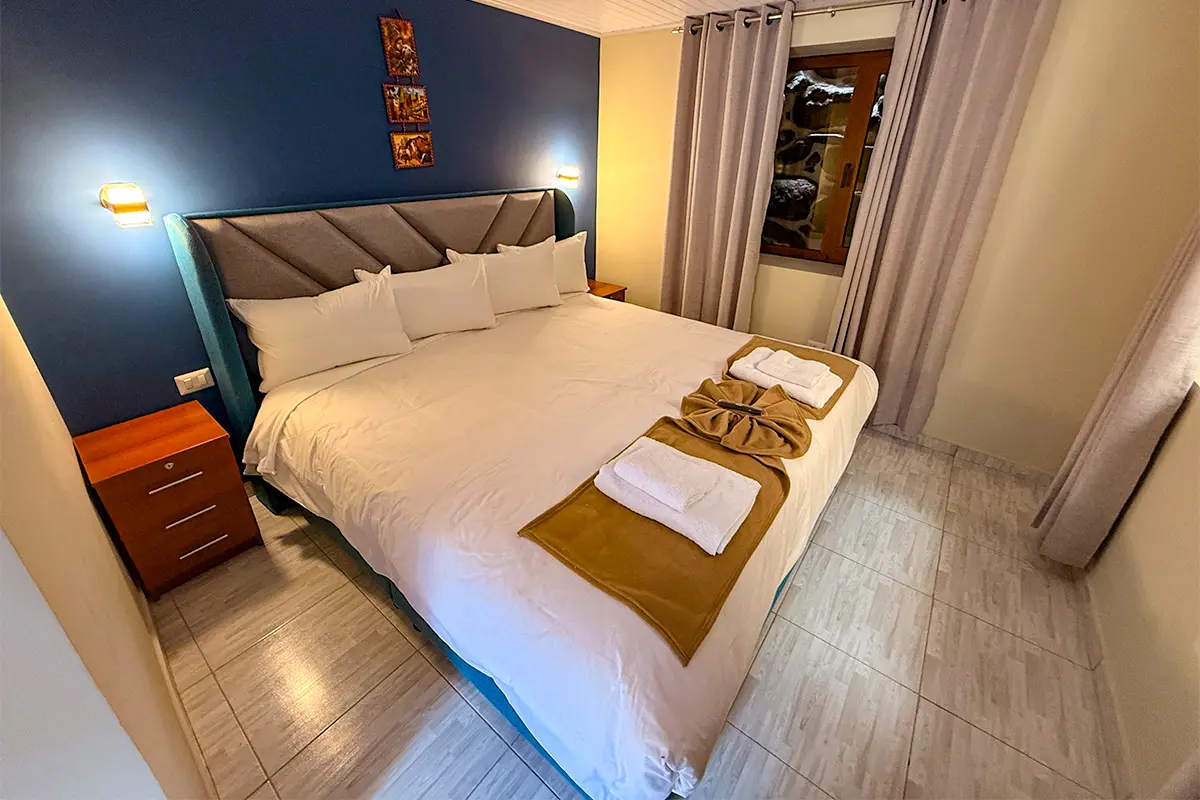
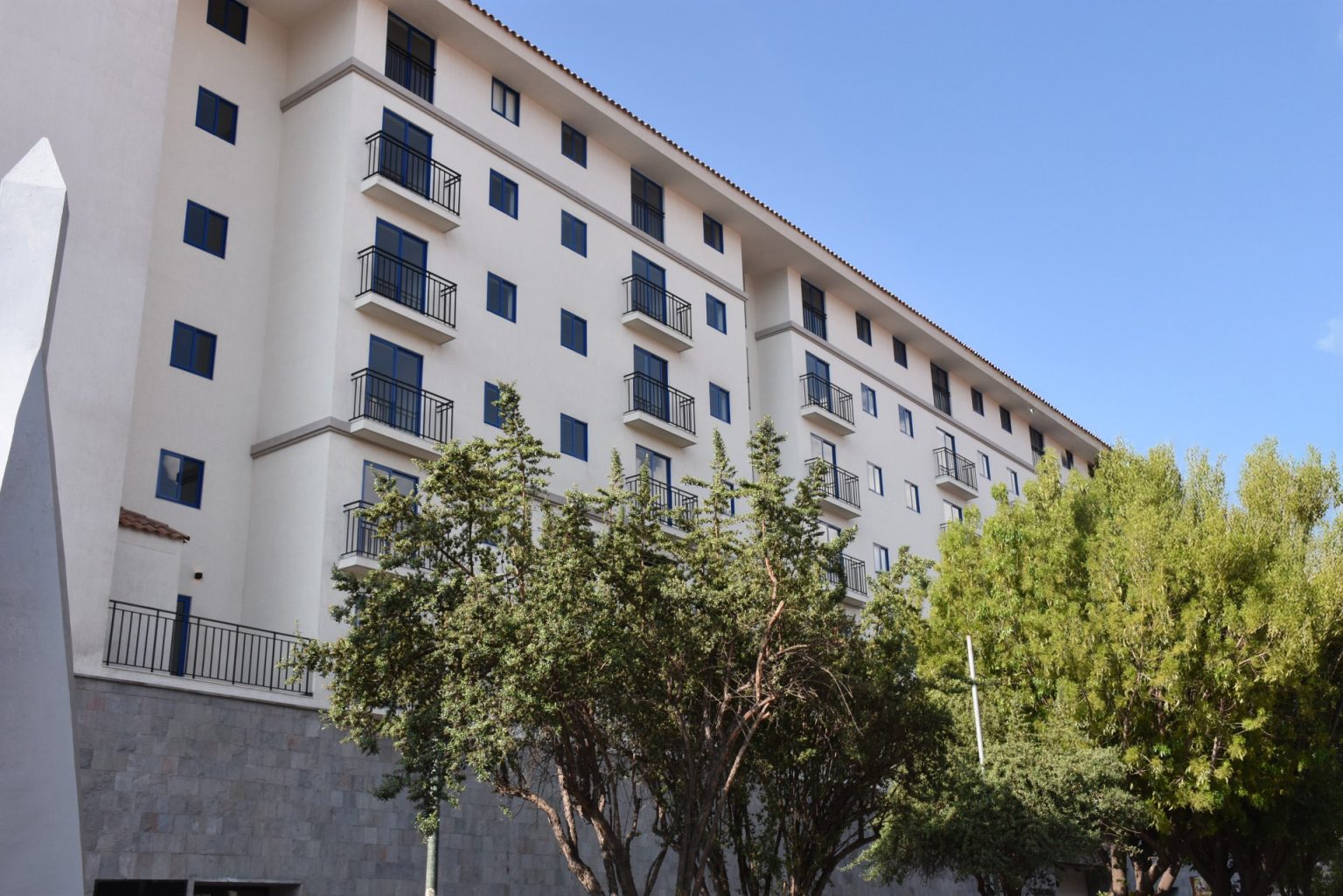
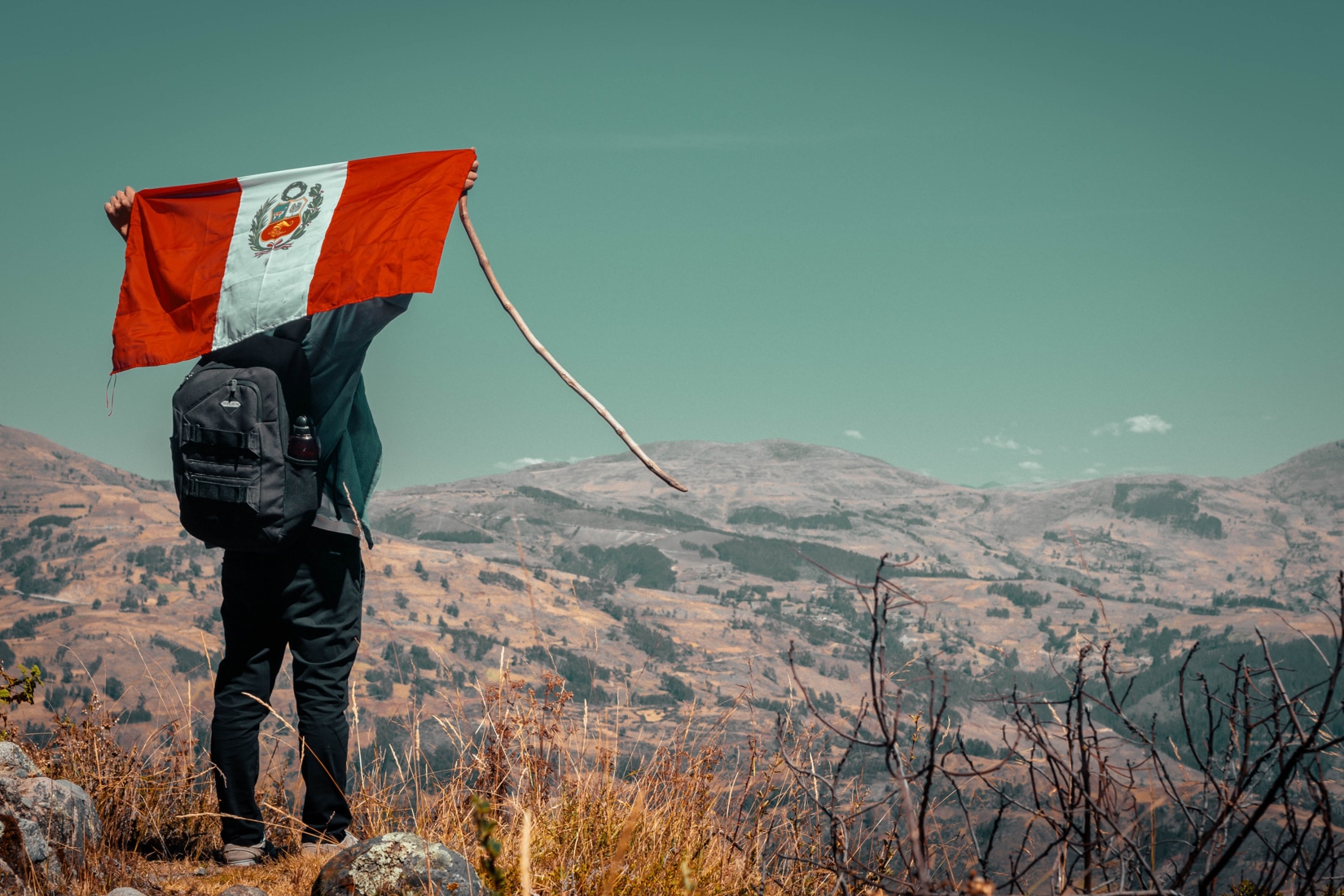
Travelling with children or teens in Peru is a different experience than travelling solo or as a couple; extra planning is required. This article will give you what you need to know to organize an unforgettable family trip to Peru. Peru is an excellent destination for children of all ages, all guaranteed to have a […]
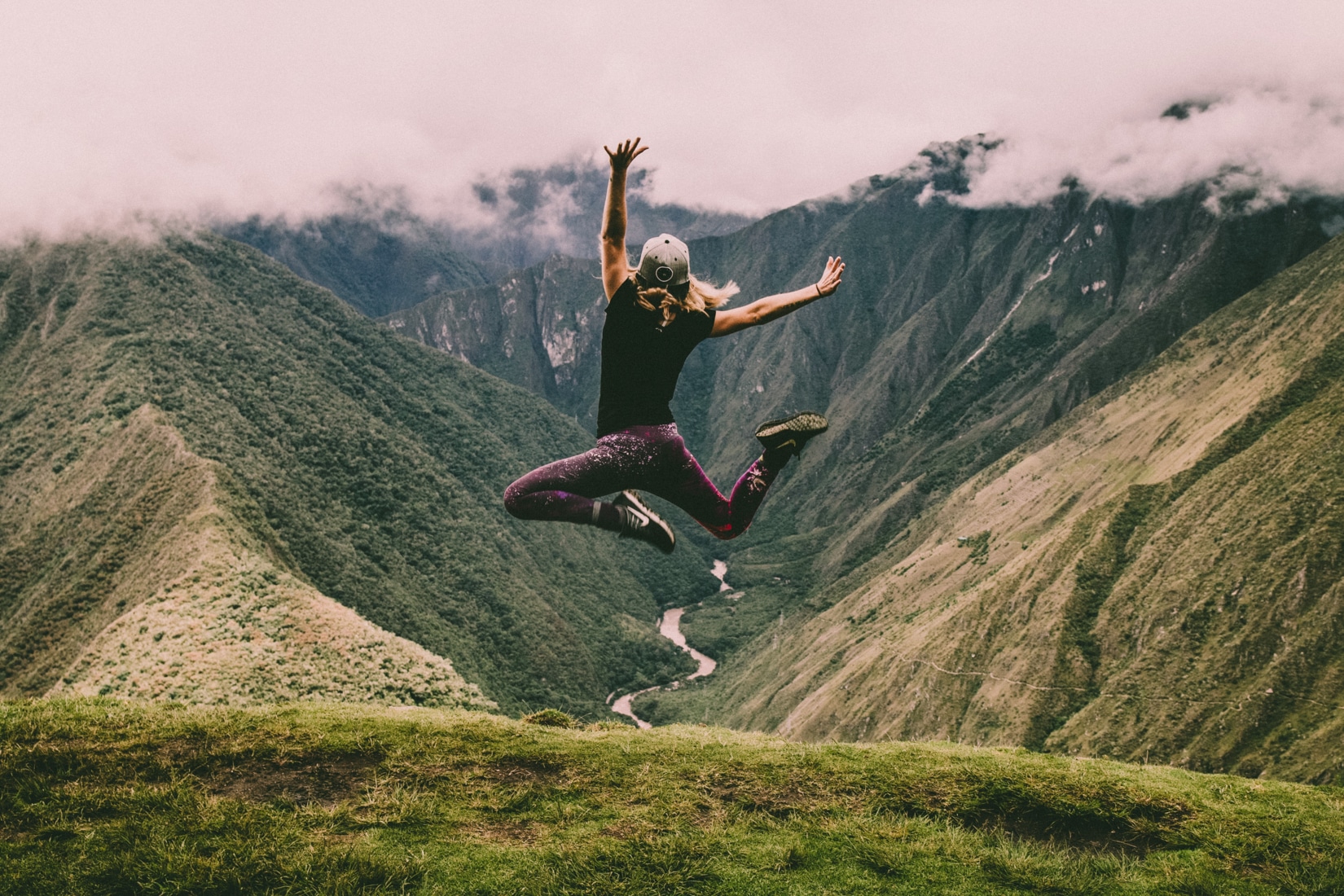
The Inca Jungle Trek to Machu Picchu is the perfect adventure trek for the thrill seekers among you. Start your adventure with downhill mountain biking, which leads to a lookout point with breath taking views of the Andean landscape. After, enjoy an exhilarating experience white water rafting down the Urubamba river. If that wasnt enough, […]

Sacsayhuamán is one of the most imposing and mysterious structures in the world. It contains 3 layers of zigzag walls made from megalithic stone. Just above Cusco you will find the enigmatic structure of Sacsayhuaman. Historians and archeologists believe that it was constructed around the 15th century during the reign of the most successful Inca […]
Discover why thousands of people around the world trust us to explore the best of Peru.
Couples
Trip to Rainbow mountain. First to the mountain thanks to Yair’s expert driving and special thanks to Cristian for being my guide. Highly recommend!
Written July 2, 2025
Family
We had an incredible experience hiking the Inca Trail with Ray as our guide. Ray was amazing. He was super knowledgeable about the history of the Incas, and he brought that history to life. We visited three larger sites, and several smaller ones that we arrived at by foot deep in the Peruvian jungle. Ray's was an incredible, passionate, and experienced guide, and also just a great person we are lucky to have met. I also have to mention Moses, our porter who made an amazing lunch and hiked it up to our resting spot 2000 ft above the Urambamba River to Wiñaywayna.
Written July 4, 2025
Family
Did the short inca trail through sam travel and it was an unforgettable experience. Hiking from the train to the Sun Gate with its beutiful views of macchu piccu was incredible. Our guide, Ray, was extremely knowledgeable, passionate, and always positive. At every location and along the way he had fascinating information to share and no question went unanswered.
Written July 4, 2025
Family
We had a great experience with our guide Cristian during our visit to the Sacred Valley and Machu Picchu. He shared clear and detailed explanations, with a fascinating historical narrative that helped us truly connect with the places we explored. I learned so much thanks to him. The atmosphere was also really positive and friendly throughout the tour. Highly recommended!
Written June 26, 2025